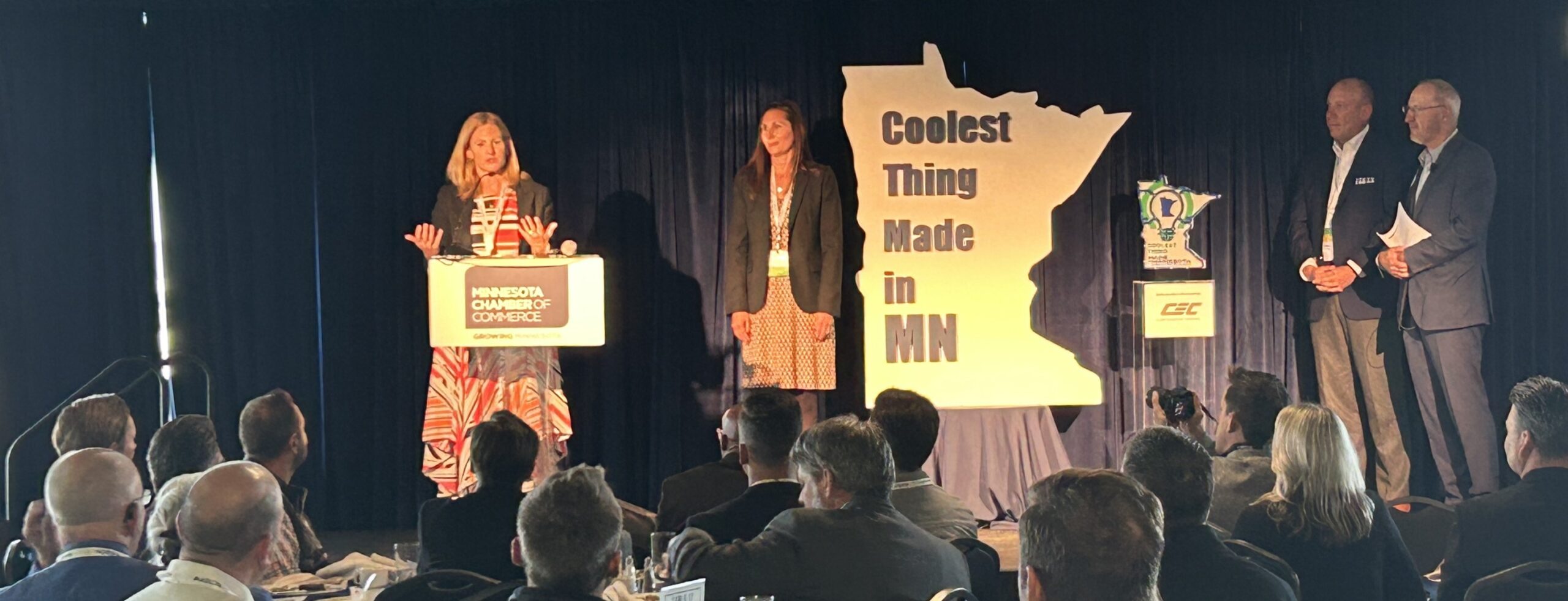I was having lunch with a client recently who told me she refers to her ongoing PR program as a ‘thought leadership program’ when speaking with her executive team. And that she does so because they more tangibly understand the value of thought leadership than they do public relations—they want their brand to be seen as a thought leader in the industry.
I almost choked on my gnocchi. She’s brilliant.
I could probably stop this blog post there, leaving you with that valuable nugget, but there’s more to the story.
Her comment really underscored something I have been noticing. Thought leadership seems to be the “it” catchphrase in marketing right now. Everyone is throwing it around. Brands. Marketing firms of all types. And, well, industry thought leaders. And now I understand why, even better than I did before.
Marketing and PR are often seen as ‘fluffier’ initiatives that are more difficult to attach an ROI to in corporations. As a result, they are often easy targets when there’s a budget cut.
It’s more than just a marketing strategy.
Getting back to my lunch conversation. The client went on to say that thought leadership is one of her business’s top three strategies for 2019. Not marketing strategies – business strategies. It’s a pretty big deal for a business to put a marketing strategy that high on the priority list.
It’s a priority because it’s working. They’re all-in on the notion that thought leadership—using the company’s expertise to deliver value to the market—will help grow their business. They have increased brand awareness and engagement with customers, and experienced a spike in web traffic and conversions attributed to thought leadership. They understand that seeing results from thought leadership means going beyond sporadic efforts sprinkled throughout the year, but maintaining a narrative that’s intertwined and embedded in all initiatives.
If you deliver value to the market beyond your product, people will be more inclined to work with you. Buyers want to work with someone who’s invested in their success, not just interested in making a sale. Someone they trust.
Not everyone can be a thought leader.
I think you understand that achieving the level of thought leadership success this client has attained isn’t just about semantics. Anyone can say they want to be a thought leader, but actually doing it is hard work. You have to:
- Put the customer first.
- Understand what the market needs are in terms of both knowledge and information.
- Be committed to producing content that provides value over selling.
- And be consistent in living up to your commitment.
Thought leadership is not one webinar, a couple of speaking engagements or a handful of trade media placements. It’s an ongoing commitment.
So, if you’re ready to take your thought leadership to the next level, take a step back and ask yourself what more you could be doing. Ask yourself if you really know what your customers want, and whether your content is delivering upon that. Then, develop a 12-18-month content strategy that’s rooted in your organization’s unique thought leadership narrative, and build an integrated promotion plan to support it. For tips on how to effectively budget for thought leadership success, check out Inprela’s budgeting guide.



